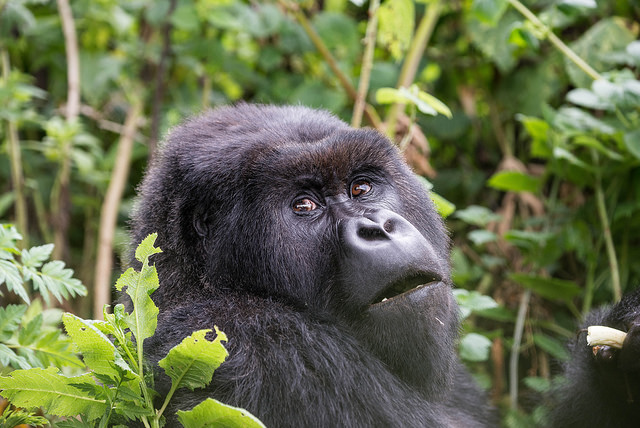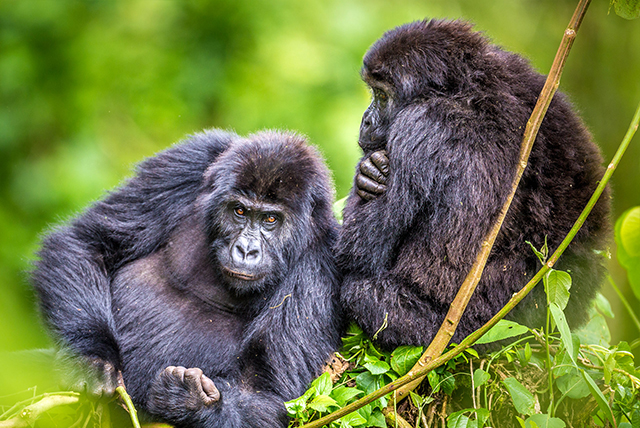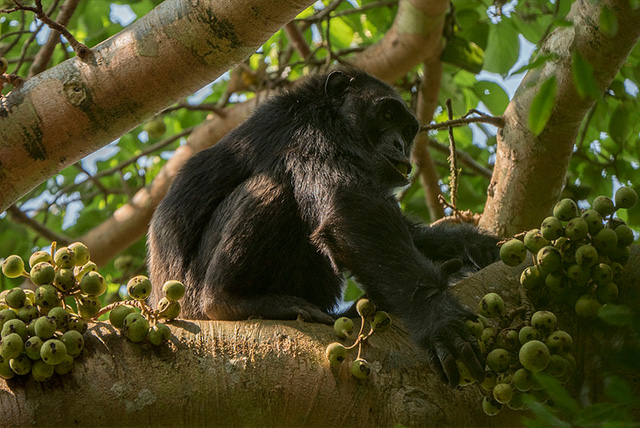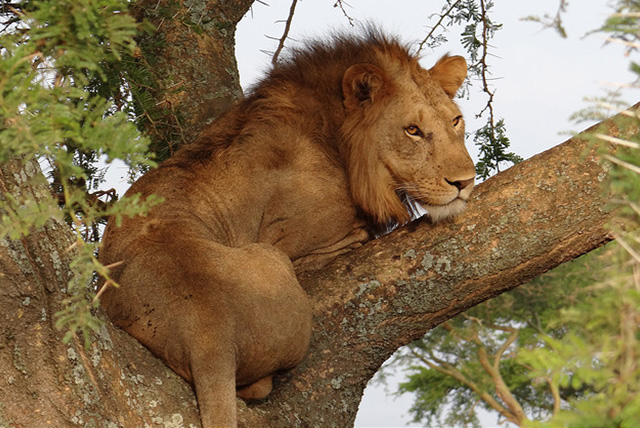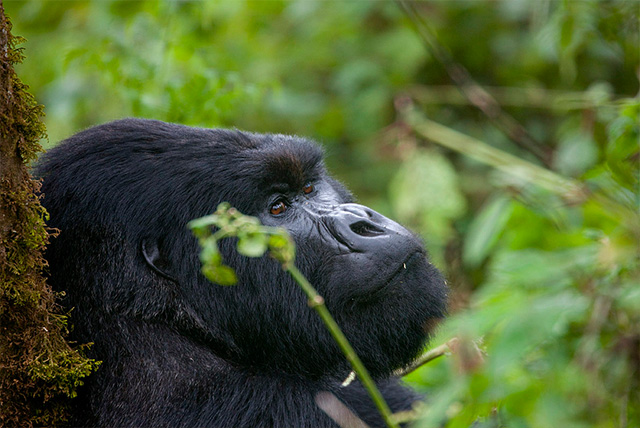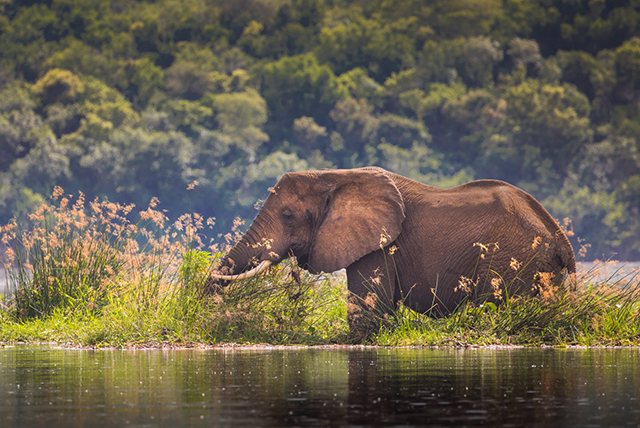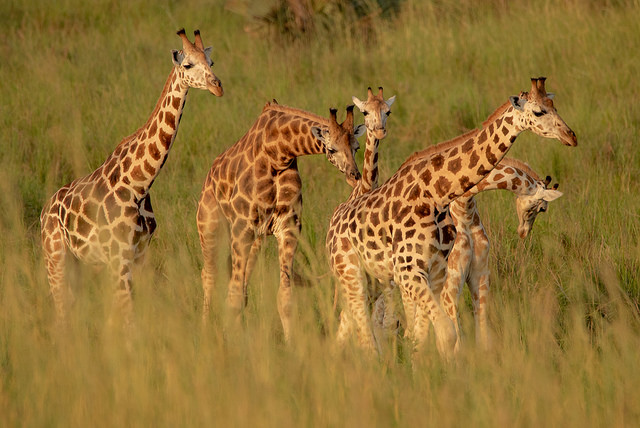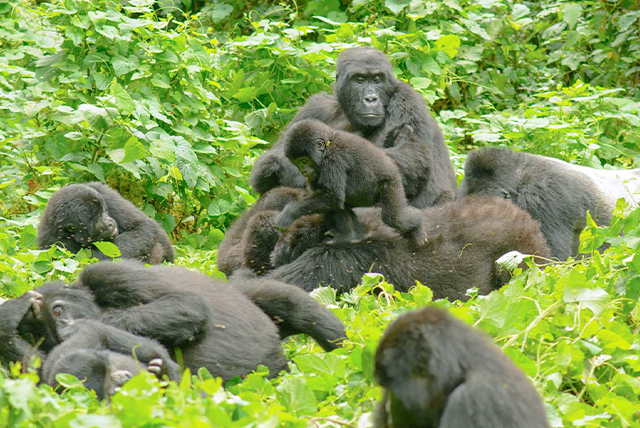Best Time to Visit Serengeti
What is the ideal time to visit the Serengeti?
The ideal months to explore the Serengeti are January to February or June to October. Yet, the Serengeti’s abundance of wildlife provides an exhilarating safari experience at any time of the year you choose to explore. The park’s open plains and mild climate ensure that the vegetation remains sparse enough for animal sightings, while the region experiences two brief rainy seasons from November to December and March to April that are seldom bothersome.
Month by Month Guide for Exploring the Serengeti: Discovering the Serengeti from January to March Majestic elephants roam the Serengeti National Park, Tanzania
January transforms the rolling plains of the Serengeti into a vibrant emerald landscape, free from dust, offering exceptional opportunities for game viewing. The Ndutu Plains area draws many visitors during this time, showcasing a lush landscape that stands out from other regions, home to a variety of resident wildlife including elephants, giraffes, and numerous antelope species.
February brings the exciting calving season for wildebeests, making it the perfect opportunity to embark on a Serengeti safari and witness the incredible sight of numerous herds welcoming their young into the world. The wildebeest, zebra, and gazelles embark on their epic journey through the Serengeti National Park, creating a breathtaking spectacle as they move in their thousands.
March signals the conclusion of the lush season as the ‘long rains’ commence. The Serengeti experiences a quieter time as the safari crowds diminish, and the migratory herds start their journey from the Ndutu region in the south, moving westward. As March arrives, the humidity begins to climb, yet this period offers an incredible opportunity to explore the Serengeti with fantastic accommodation deals.
As April arrives, the Serengeti experiences a decline in visitors, largely because of the increased humidity and rainy conditions that characterize this time of year. While it may not be regarded as the prime season for visiting the Serengeti, it presents a perfect opportunity to venture into the less-traveled areas and uncover the hidden gems of the park.
During May, the rains pour down heavily, and the camps and lodges in the Serengeti experience a tranquil stillness. This may not be the ideal moment to explore the Serengeti for a safari, unless you venture into the central and western areas of the park to witness the Great Migration.
June marks the beginning of the sought-after dry season, making it the ideal time to visit the Serengeti right before the height of safari adventures. This marks the beginning of the Great Migration heading north, as dry conditions dominate the landscape, with only a slight possibility of afternoon thundershowers making an appearance.
Countless travelers journey to the Serengeti between July and September to experience the awe-inspiring Great Migration. River crossings become a thrilling scene during these months – chaos often erupts among the herds as crocodiles lie in wait, ready to strike as they navigate their way across. During this time of year, the Serengeti National Park is bustling with safari vehicles like no other season.
August is the height of the season and is often regarded as the prime time to observe the thrilling river crossings from the northern Serengeti into the Masai Mara. This is the perfect moment to explore the Serengeti, where wildlife encounters abound. The herds are more visible, and the presence of numerous predators means you might witness Africa’s majestic big cats in action!
September remains a bustling time in the Serengeti National Park, particularly along the borders of Kenya and Tanzania, as the herds of animals make their way across the Mara River in smaller groups. The southern parts of the park offer a serene escape in September.
As October arrives, the Serengeti’s plains are largely dry, yet the end of the dry season is on the horizon. Even with the herds of the Wildebeest Migration journeying into Kenya, the game viewing in Serengeti National Park remains truly remarkable.
November marks the onset of the ‘short rains’ in Serengeti National Park, ushering in a tranquil, off-peak period. The rains awaken vibrant grasslands in the southern regions, creating an ideal opportunity to seize the moment with reduced rates.
The rains persist, transforming the landscape from parched, dusty plains into vibrant, undulating grasslands. In December, the thrilling journey of the Great Migration unfolds in the Serengeti. The migrating herds journey to the southern plains of the Ndutu region, gearing up for the breeding season ahead. The warmth and moisture start to increase as the vibrant summer months unfold. The festive season can be quite bustling, so it is wise to secure your accommodation ahead of time.


